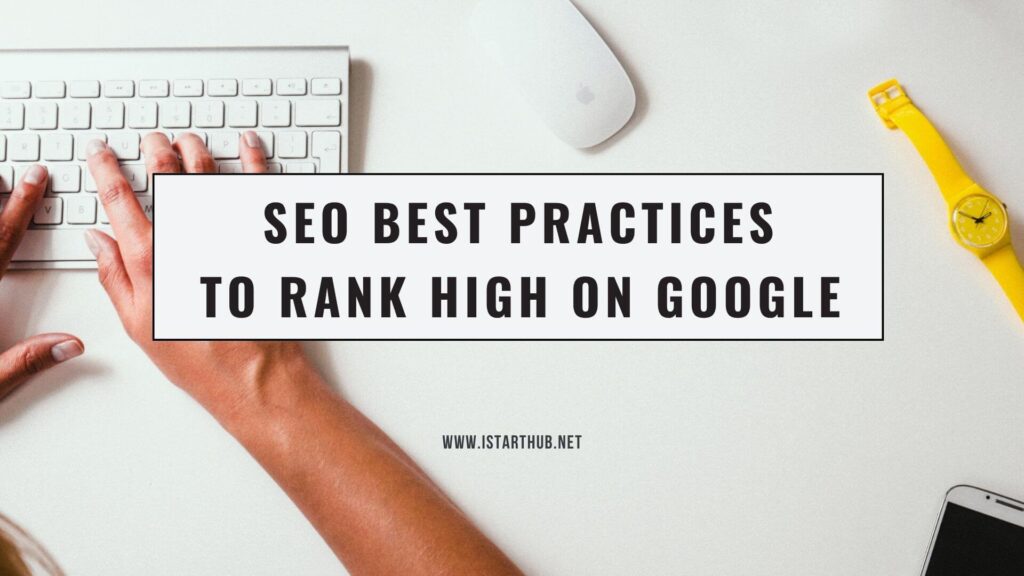Now Reading: Expert SEO Tips to Improve your Website for 10x Performance
- 01
Expert SEO Tips to Improve your Website for 10x Performance
Expert SEO Tips to Improve your Website for 10x Performance

A new blogger who wants to learn how to perform SEO or make their blog SEO friendly would be interested in learning how to do so. Every day, we witness people chasing this item. However, you must first master the fundamentals of SEO.
One thing we’ve found is that whenever we need information, we turn to Google. On the other hand, when we perform a search, we are presented with millions of results, but only the finest of them are given first place in the search engine.
Now, how does Google or any other search engine know that this article has an appropriate response and should be kept in the first place? The term “search engine optimization” comes into play at this point. SEO is used to rank the pages of your website in Google.
So, how do you go about doing SEO if that’s the case? This refers to the process of optimizing our blog’s posts so that they appear on Google’s first page.
If you’ve ever wondered what SEO is or how to perform it, today’s article will answer all of your questions. So stay with us to the end to learn everything there is to know about search engine optimization. So let’s get started right away.
What Is SEO?
This is a method for improving the search engine ranking of your blog articles. Google prioritizes those links in its search results that it judges to be of higher quality and authority. The number of additional pages linked to the main page’s link is referred to as authority. The more pages that are linked to it, the more authoritative that page will be.
The primary goal of SEO is to improve a brand’s presence in organic search results. As a result, that brand receives a lot of exposure, and its articles are ranked better in the SERPs. As a result, more people are drawn to them, increasing the likelihood of additional conversions.
SEO Authority includes many features, including Off-Page SEO and On-Page SEO. In the beginning, there is a need to correct On-Page. After this Off-Page SEO is done. The main work of SEO is to Increase Brand Awareness. Organic Search Results can be improved with Brand Visibility and Brand Awareness. The DA and PA of the domain are checked for authority.
How Do Search Engines Determine Which Pages To Rank?
The one aim of search engines is to find information. They should give the users the finest answer to their questions. Their algorithms select the same pages that are more relevant to your topic whenever you search for any question. Then they rank it, and it appears on the top pages later. Users must select the appropriate answer or information. Search engines look at two aspects in particular:
- Search query and page content relevance.
- Authority of page.
- The search engine accesses them for relevancy from other factors such as topics or keywords.
At the same time, the search engine measures the authority and Google gets an idea of how popular a website is, the more the page or resource of the website, the more the search engine will elevate that content or website.
How Does Search Engine Page Rank?
[bctt tweet=”Search engines strive to provide users with the most up-to-date and accurate information possible. That is why you always select a keyword that is most relevant to the user’s search.” username=”Tetyana_Art”]However, good SEO may help even the most basic material rank.
Google examines the algorithm whenever a user searches for something. Which material should be displayed above? What is the most user-friendly content? The search engine compares the relevancy of the search query to the material to select the appropriate information for the user. The website looks at Popularity, DA, PA, and User Engagement to determine relevance. All this work is done in Fraction of Second. Search engines always keep this algorithm a secret. Because of working continuously, SEO Sydney experts know how to improve your website performance 10x. This is what is called SEO Strategies.
SEO is done in two ways:
On-Page SEO
On-Page SEO is done within the webpage, which is totally within the control of the Website Admin, and it may be altered as needed. In this Tags, Title, Headings, Description, and Quality content.
Meta Title: Your website’s major keywords should be used to describe it, and it should be between 55-60 characters in length because if it is longer than this, it will be hidden in Google Search.
Meta Description: It contributes to defining the website. Each page of a website should have its meta description to distinguish it from the others. This assists in the automatic display of site links in search engine results pages (SERPs).
Image Alt Tags: Although every website has images, the search engine Google is unable to recognize them. As a result, we need to include an alternative text with each image for the search engine to recognize them more readily.
Header Tags: These are very important, and together they help a lot to correctly categorize the whole page. H1, H2, and so on.
Sitemap: Using a sitemap, you can quickly crawl and index your website pages so that the Google crawler can easily crawl and index your pages. There are many different types of sitemaps, such as sitemap.html, sitemap.xml, videos sitemap, news sitemap, urllist.txt, image sitemap, and so on. There are also many different types of URLs, such as urllist.txt.
Robots.txt: To get your website indexed in Google search results, this is really required. Sites using a robot.txt file are crawled and indexed more rapidly.
Internal Linking: Interlinking is extremely vital for allowing users to navigate between pages on a website quickly and effortlessly.
Anchor Text: Both your URL and anchor text should be identical to one other; this makes it easier to rank for both of them.
Url Structure: You should make sure that the URL structure of your website is appropriate, as well as that it is SEO-friendly so that they may be quickly found in search results. Additionally, each URL should have a targeted keyword, which means that you should match the keyword to the URL.
Mobile-friendly: Make your website mobile-friendly because the majority of people nowadays use their mobile devices to access the internet.
Off-Page SEO
Off-Page SEO refers to search engine optimization that takes place outside of a website. Where do backlinks work take place? Backlinks, according to Google, have no effect. Backlinks, on the other hand, are extremely beneficial to ranking. Aside from that, there is some other work to be done. Page Load Speed, Sitemap, Robots.txt, AMP, and Responsive Design are all important factors to consider. The more quickly a webpage loads, the better. In the Google Ranking Factor, this is given the most attention. It is critical to have a good web hosting for this.
How To Do Off-Page SEO?
The off-page SEO strategy is quite different. This is where all of the work for the best backlinks is done. The better a website’s backlink is, the more it will aid in ranking. This is likewise incorrect if work is done only for backlinks. In addition, high-quality content will need to be published. Content, keywords, long-tail keyword guest posts, and submission are all part of this process.
Content: If your website has more fresh information, Google will be able to crawl it more frequently to look for new stuff. Furthermore, your material must be significant to deliver the appropriate value to your target audience.
Keywords: To rank in the SERPs, it’s critical to select the correct keywords. For this, you should optimize these keywords with content to avoid keyword stuffing and ensure that all of your articles rank.
Long-tail: So, how can we overlook long-tail keywords when discussing keywords? Because small keywords are difficult to rank for, long-tail keywords might be used instead. This will make ranking them easier, allowing you to use them instead.
LSI: Keywords that are very similar to the main keywords are known as LSI keywords. As a result, if you use these LSI keywords, users will be able to readily find your material while looking for a specific keyword.
Broken Links: These links should be eliminated as much as feasible. Otherwise, it gives a negative impression.
Guest Blogging: This is an excellent method for generating do-follow backlinks. This is beneficial to your site.
Infographics: This helps you to visually demonstrate your content to your viewers, making it easier to comprehend.
Technical SEO
These are the factors that have an impact on the website’s technical elements. Page load time, an accessible sitemap, AMP, and a mobile screen display are just a few examples. It’s critical to correctly optimize them because they have an impact on your page rankings.
Conclusion
An attempt has been made by SEO Sydney experts in this post to give all the necessary information about it. It has always been our endeavor to provide accurate information to you.
Ravi is a digital entrepreneur who has a vision of helping businesses to increase their online presence through websites, mobile applications, and SEO. He is the Founder & CEO of Webomaze Pty Ltd, a one-stop digital agency based in Melbourne.
















